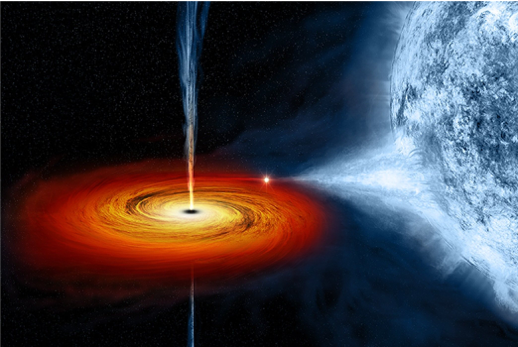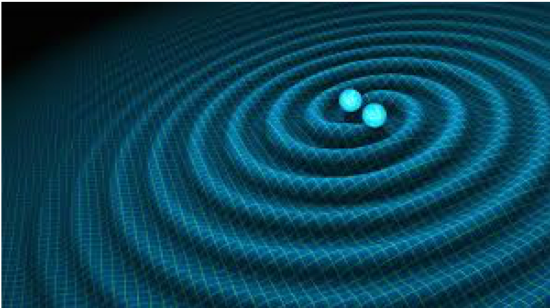Introduction


High mass X-ray binary systems are candidates for compact object mergers detectable by laser-interferometers. To evolve the system Cygnus X-1 over a range of metallicities and mass ratios, we use Modules for Experiments in Stellar Astrophysics (MESA). MESA gives final parameters for a neutron star and black hole system (a type which LIGO has never detected before). So we aim to determine a merger rate for this system post supernova.
We build a Monte Carlo simulation to generate a supernova kick which accompanies the birth of a neutron star. Using equations from Kalogera 1996, we determine the fraction of systems that are not disrupted and also those that merge. Then, with equations from Peters 1964, we collect inspiral times for systems that merge to determine a merger rate for all systems merging within Hubble time.
We find that approximately 15 percent of systems remain bound and, of these, about 8 percent of systems will coalesce in Hubble time. From this, we derive a merger rate (within Hubble time) of about 1.4% for HMXBs with parameters similar to that of Cygnus-X1. Additionally, we are able to collect the distribution of system properties for disrupted systems, systems that merge, and systems that merge in Hubble time.
